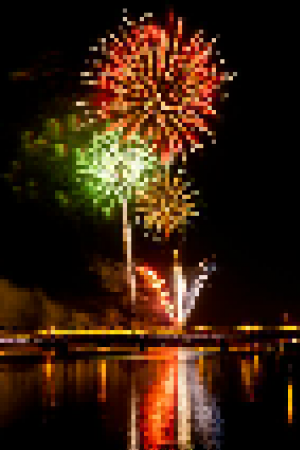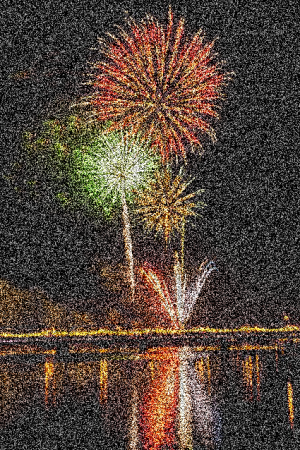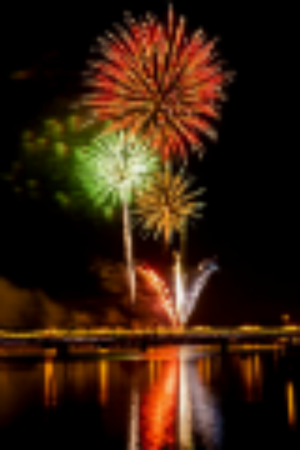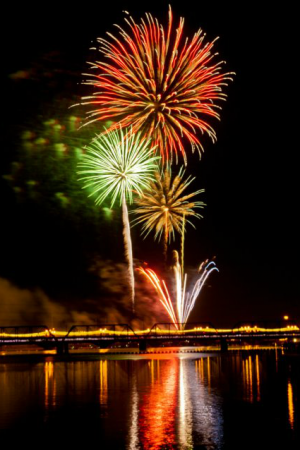
In the first 2 parts of this series you learned about focal and optical blur (Part 1), as well as motion and obstruction blur (Part 2). For the final installment we are going to learn about digital artifact and resolution blur. It’s been a little while since Part 2, so here’s a quick recap to reacquaint yourself with the three basic qualities that describe blur. This article will refer to them as Type 1, Type 2, and Type 3. The first quality, Type 1, is best characterized by the smoothing out of details which produce a hazy look that the photo industry calls a “soft†quality. Type 2 can be described as streaking, stretching, wispy, and/or ghostlike. The final quality, Type 3, is often referred to as being “fuzzy†because details that should appear smooth will scatter or become jagged.
Digital Noise
 Digital noise isn’t what many would immediately consider blur, but with significant noise, the subject can be obscured enough that it appears blurry. This is the perfect example of Type 3 because of the “fuzzy†appearance. It is most prominent in pictures taken in low light situations at a high ISO; night photography is a prime setting for digital noise. It is much akin to analog photography using high ISO film; you may remember a little thing called grain. Depending on the film quality and ISO, the amount of graininess will increase (lower quality film/higher ISO) or decrease (higher quality film/lower ISO). To reduce or eliminate it, all you need to do is to lower your ISO setting. Keep in mind, however, as your ISO gets lower the images will either get darker or you’ll start to get motion blur (see Part 2). That is why your best bet in a low light situation is, and always has been, flash. On the other side of this digital coin, many like noise for a gritty and dramatic feel.
Digital noise isn’t what many would immediately consider blur, but with significant noise, the subject can be obscured enough that it appears blurry. This is the perfect example of Type 3 because of the “fuzzy†appearance. It is most prominent in pictures taken in low light situations at a high ISO; night photography is a prime setting for digital noise. It is much akin to analog photography using high ISO film; you may remember a little thing called grain. Depending on the film quality and ISO, the amount of graininess will increase (lower quality film/higher ISO) or decrease (higher quality film/lower ISO). To reduce or eliminate it, all you need to do is to lower your ISO setting. Keep in mind, however, as your ISO gets lower the images will either get darker or you’ll start to get motion blur (see Part 2). That is why your best bet in a low light situation is, and always has been, flash. On the other side of this digital coin, many like noise for a gritty and dramatic feel.
 Resolution Blur
Resolution Blur
When digital imaging was in its infancy, the resolution capable by the various technologies was drastically lower than what it is today. But even now users crop, digitally zoom (fancy name for cropping), shoot at low quality JPEG, and do things to that are not optimal to maintaining the quality of compressed, “lossy†formats (JPEG). This reduces the resolution of the images making them appear soft and without detail. Most often it is easy to tell by the box-like and jagged quality low resolution images typically exhibit. Television shows often use this method to blur out the stuff they aren’t permitted to broadcast.
Here is the Fireworks photo without any blurs:

Thanks for tuning in to this blur series!